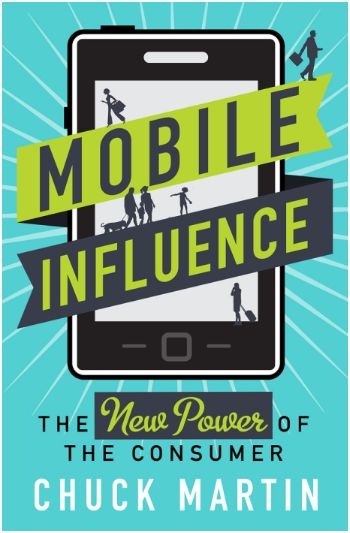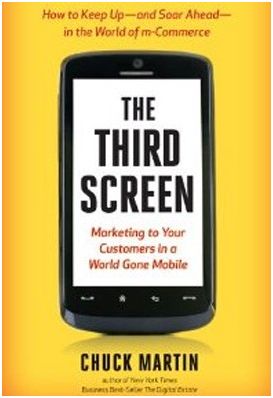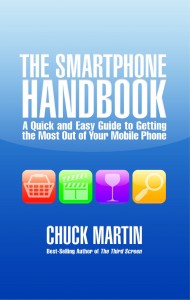 By Chuck Martin
By Chuck Martin
Consumer usage patterns of apps and mobile websites are diverging.
A few months back, in a meeting at Staple’s Velocity Labs in Cambridge, I was discussing the value of apps vs. mobile websites with Prat Vemana, director, Velocity Lab and mobile.
We agreed that an app could provide a richer experience in many cases, though Staples was first re-tooling its entire mobile site for commerce, to be followed by a tune-up of the app later.
As I wrote about here at the time (The Mobile Web of Shopping: The New Staples Approach), the new mobile site looks and acts like an app. Mobile shoppers can receive search results based on their location, see availability and reserve items for in-store pickup. The new site contained many other app-like features.
Several weeks later, I sat down with Andy Chu, divisional vice president and general manager at Sears Holding Co., who walked me through some of the new features and reasoning of the recent total re-launch of the Sears and Kmart mobile websites.
In the case of the Sears and Kmart mobile sites, there’s a layaway program for later mobile payments, a coupon center, an order center, shopping capabilities by category and many other app-like features.
This is not to say either company wouldn’t prefer to be app focused, but the reality is that mobile shoppers are gravitating to mobile sites rather than apps for ‘commerce.’
Some recent research bears this out.
One recent study by GfK MRI for Blue Chip Marketing found that digitally savvy shoppers (those with both smartphones and tablets) use mobile sites more (46%) than apps (29%) to make purchases.
A separate study by NPD Group found that while most (94%) smartphone owners shop via their phones while at home, only about a third (32%) use them while in stores. That research also showed that of the smartphone owners using their phones to shop, most (71%) use retailer websites compared to fewer (57%) who use the retailer apps to shop.
It strikes me that we’re getting to a stage where app and mobile website activities are becoming somewhat distinct, at least in the context of mobile commerce.
From the merchant perspective, adding many app-like features into mobile websites can make it easier for a consumer to shop.
But from the consumer perspective, many are simply using their phones as an internet-access mechanism, much like they use their PC, albeit with a smaller screen.
To some, this may technically be considered mobile commerce, but it is really more like online shopping from a mobile phone.
Many retailers are simply moving to stay in tune with the mobile behavior of their customers.
This approach provides the consumer with more of what they are familiar with, which is online shopping, except with slightly more capabilities that take advantage of a smartphone or tablet.
And then there are the routine app users, who are quite comfortable loading retailer apps, scanning products to get better price info and price matching.
They’re open to being targeted for special promotions based on where they are, where they’ve been and what they’re doing. They understand the value that can be provided through the inherent powers in their mobile device.
Rather than partaking in commerce from a mobile phone, they’re the participants in mobile commerce.










